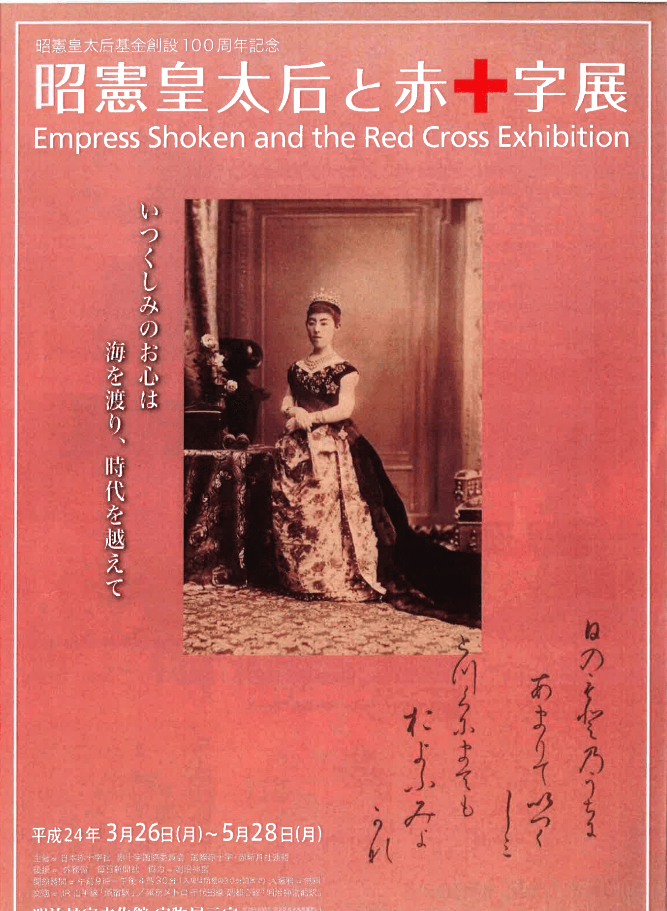The Resilient Humanitarianism team is pleased to announce that Dr Romain Fathi and Professor Melanie Oppenheimer’s article ‘The Shôken Fund and the evolution of the Red Cross movement’ has been accepted for publication in The European Review of History/Revue Européene d’Histoire. The article is part of a special issue on ‘Voluntary Organisations and Reconstruction in Western Europe after the World Wars’, edited by Romain Fathi and Melanie Oppenheimer.
In this article, the authors examine the creation of the Shôken Fund and its impact on the evolution of the Red Cross movement globally, with a focus on the first quarter of the twentieth century and post-World War I European reconstruction. The Shôken Fund was an initiation of the Japanese Red Cross Society in 1912 to support Red Cross activities in peacetime, administered by the International Committee of the Red Cross. It came into effect in 1920 and the first grants were allocated to Red Cross Societies and the International Committee of the Red Cross (ICRC) in 1921.
For more information about Shôken Fund, the Resilient Humanitarianism team has created an ARCGis StoryMaps on the Shôken Fund. This StoryMap traces the recipients of monies from the Empress Shôken Fund to national Red Cross and Red Crescent societies, which since 1921 has provided more than one billion yen to national societies around the globe, and continues to this day. The map can be found online here
